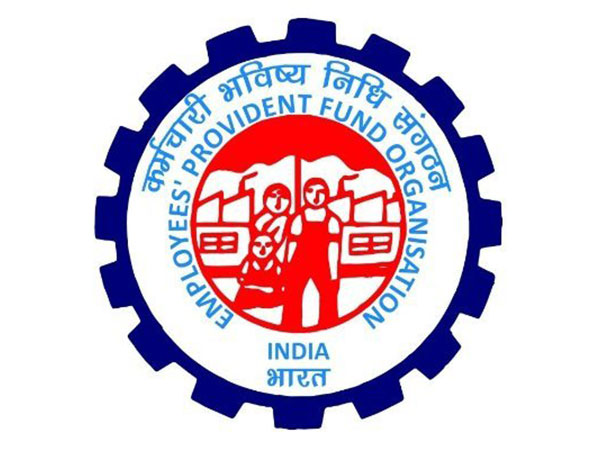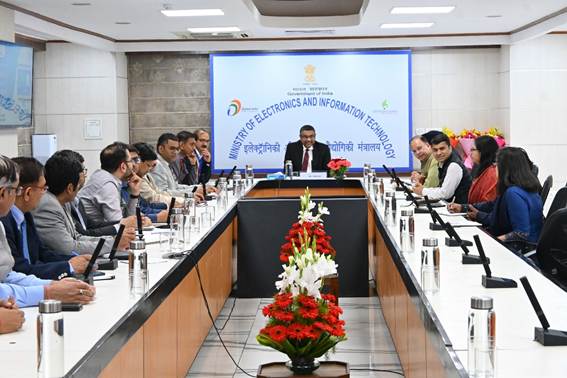Labour Day, observed annually on May 1 in many countries around the world, honours the immense contributions of workers and underscores the importance of the labour movement. Recognized as an official public holiday in numerous nations, International Labour Day is commemorated with rallies, gatherings, and events that celebrate the dedication and resilience of the working class.
Theme of Labour Day 2025: Safety, Health, and Technology in the Workplace
The theme for this year’s International Labour Day is “Safety and Health at Work: The Role of AI and Digitalization.” This theme highlights the growing influence of emerging technologies such as Artificial Intelligence and digital tools in shaping the workplace. While these innovations hold the potential to enhance worker safety and productivity, they also pose challenges that need to be addressed to safeguard workers’ rights and well-being. The day serves as a reminder to reflect on the rights of workers and the progress made towards improving working conditions. Although the themes may vary annually, the underlying message of promoting fair labour practices and worker welfare remains unwavering.
Workers in India: From ‘Inspector Raj’ to ‘Shram Yogis’
In India, the government has made concerted efforts in recent years to improve the lives of workers. On October 16, 2014, Prime Minister Narendra Modi emphasized the dignity of labour by declaring that “Shramev Jayate” (labour triumphs) is as crucial for national development as ‘Satyamev Jayate’ (truth triumphs).
To empower workers, the Universal Account Number (UAN) was introduced, allowing Provident Fund portability across jobs. The role of labour inspectors was reshaped—from being mere regulators to becoming facilitators and advisors—marking a shift away from the exploitative “Inspector Raj.” The Shram Suvidha Portal was launched to ensure transparent and easy submission of industry returns. These steps are guided by the belief that, with proper recognition, workers can become “Shram Yogis, Rashtra Yogis, and Nation Builders.”
Major Labour Reforms and Digital Initiatives
One of the key initiatives is the E-Shram Portal, which is building a national database of unorganized workers. Over 30.68 crore workers from more than 400 occupations have already registered. Integrated with the National Career Service (NCS) and Skill India Portal, the platform aims to connect more workers with employment and skill development opportunities.
The National Career Service, launched in 2015, provides digital employment-related services. As of May 31, 2023, it had over 3.20 crore job seekers, more than 11 lakh active employers, and over 6 lakh active job vacancies. The NCS is also integrated with E-Shram, Udyam, and Skill India portals.
The Shram Suvidha Portal, introduced in 2014, ensures effective and real-time labour governance by promoting transparency and reducing transaction costs. It is part of the National Single Window System (NSWS), allowing investors to apply for labour licenses and registrations through a single digital interface.
The government has also introduced key labour code reforms, including the decriminalization of minor offences, enhancement of maternity benefits, and welfare schemes for SC/ST job seekers and workers in sectors like bidi, cinema, and non-coal mining. Paid maternity leave was increased from 12 to 26 weeks for up to two children, and commissioning or adoptive mothers are also eligible for 12 weeks of paid leave.
Under the Employees’ State Insurance Corporation (ESIC), the number of districts covered has expanded significantly from 393 in 2014 to 689 as stated in an official statement by the Ministry of Labour & Employment on March 25.
The American Labour Movement: A Turning Point
In the 19th century, American industrial workers often endured 15-hour workdays under hazardous conditions. Rising workplace injuries and deaths led to widespread protests demanding safer working environments. The American Federation of Labour, through persistent activism, finally declared an 8-hour workday at a national convention in Chicago—marking a landmark victory for the labour movement.
The Role of the International Labour Organization
The International Labour Organization (ILO) stands as a global guardian of workers’ rights. Established in 1919 under the Treaty of Versailles, it is the only tripartite UN agency, uniting governments, employers, and workers. With 187 member countries, the ILO, headquartered in Geneva, sets labour standards and promotes decent work for all.




















